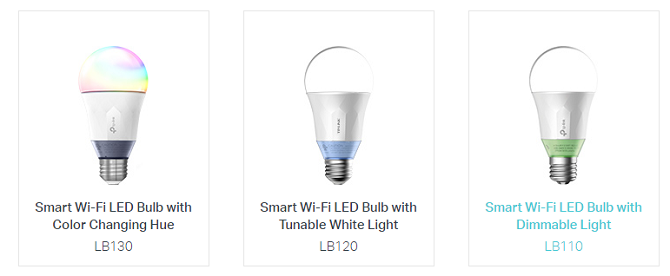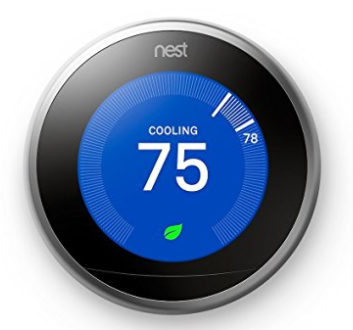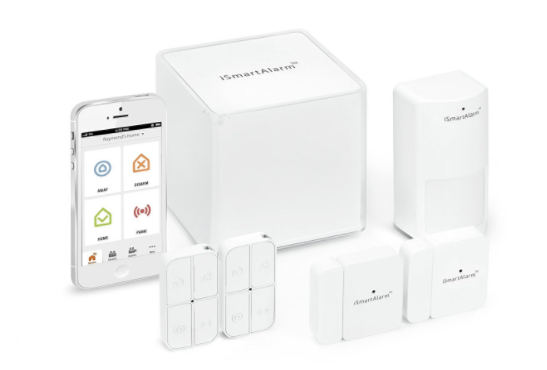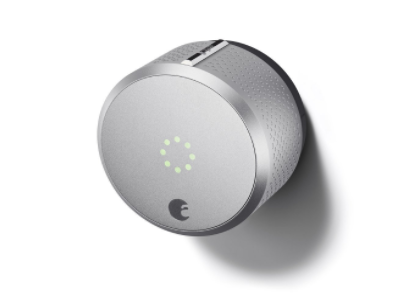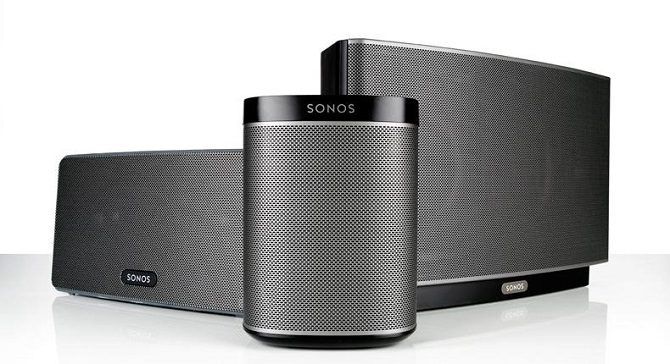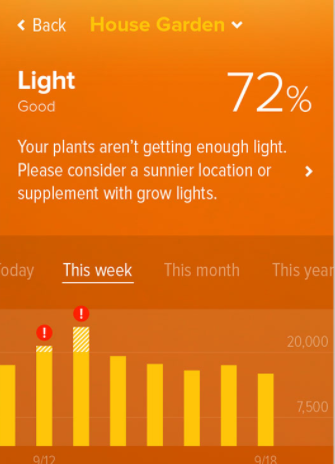So, you've heard about the smart home revolution, but you're not sure where to begin. It's understandable -- there are hundreds of devices and apps vying for your business.
Starting your smart home setup on the right foot is important, because it can save you heartache further down the line. Perhaps more importantly, it'll stop you from wasting money on unnecessary and overpriced devices.
If you want to start kitting out your house with smart home technology, keep reading. We're going to look at the first things you should install or buy. All these devices are readily available and easy to install. You can worry about the more complicated stuff later.
1. Smart Lighting
I've been a vocal critic of some smart lighting systems in the past. In particular, I think the Philips Hue system is pointless and overpriced.
But that doesn't mean I'm not an advocate of smart lighting in general. Used correctly, it can save you money on your electricity bill and improve your home's security. You just don't need the Hue system to get started.
Instead, consider some of the cheaper alternatives. There are lots to choose from. My personal preference is the TP-Link range. The lights are ideal for beginners because they do not need a hub to work. They simply connect to your Wi-Fi network. You can control them using the accompanying smart phone app.
The lights are also compatible with Amazon Alexa and Google Assistant. More on that later.
TP-Link offers four models to choose from. The cheapest white lights only cost $19.99 per bulb.
2. Smart Thermostat
Sticking with the theme of saving money, installing a smart thermostat is another way you can shave a significant amount of money off your annual electricity bill.
Again, you have lots of different systems to choose from. They all have varying degrees of complexity, so it's important to make the right choice.
For example, systems such as Nest and Netatmo are ideal for smaller homes. They can work with different zones, but they're primarily designed to replace your central thermostat and adjust the house-wide temperature.
If you live in a larger home, consider something like Honeywell Evohome or Heat Genius. Their systems replace the valves on your radiators, allowing you to control each heating unit individually.
If you're just starting out, the Nest range is probably the best choice. It's easy to use and costs less than $250. Like the TP-Link lights, it also works with Amazon Alexa.
3. Smart Security System
Congratulations, you've now installed two of the most common smart home devices. Next up, a smart security system.
Smart home security can be divided into three parts: network safety, alarms, and smart locks.
I won't dwell on network safety -- just be aware that with more devices on your network, you're more at risk from hackers and cyber criminals. Buying a high-quality VPN and a new smart router will allay most of these concerns.
Smart Alarms
Smart alarms are an emerging category of smart home devices. At the very least, you need a system that can monitor your entry points and detect motion. If the sensors are triggered, your alarm will sound and you'll get a smartphone alert.
In truth, you should consider spending a bit more and purchasing a system that also has Wi-Fi connected cameras. That way, you can monitor your home remotely, no matter where you are in the world.
At the upper end of the scale, you'll find systems that include carbon dioxide detectors, smoke alarms, and water leak sensors. Some of these are provided by third-parties -- you'll need a hub to link them all together.
For a happy medium, check out iSmartAlarm. The company's $100 Preferred Package comes with two contact sensors, two remote tags, a motion sensor, and window stickers. At a later date, you can buy some of its add-ons. They include cameras, smart switches, and keypads.
Smart Locks
If you want a complete smart security system, you should also think about buying smart locks. They might not be absolutely essential for entry-level smart homes, but if security is a priority for you, they are an important component in your system.
Two of the leading brands are August and Kwikset Kevo. Both offer similar functionality: your Bluetooth device will unlock the bolt as you approach, you'll get alerts if someone gains unauthorized entry, and you can see the lock's access history through a smartphone app.
The August locks also work with Amazon Alexa. Notice a pattern?
4. Smart Speakers
Smart homes don't only have to be about boring stuff that none of your guests will ever notice. They can also be fun.
The area of entertainment that's leading this charge is music. You can find lots of smart speaker systems, ranging from the $30 entry-level Chromecast Audio, right through to top-of-the-range speakers like Sonos and Bose SoundTouch.
Again, many of these systems function in a broadly similar way. You can control your music from anywhere in the home using a smartphone app, and they can play content from premium music streaming services like Spotify and Google Play Music (assuming you have an account).
And if you enjoy a bit of tech-based DIY, you can even hack them to play voice notification when certain events occur. We've explained how in detail elsewhere on the site.
5. Smart Garden Automation
If you have a large garden, you need to think about it when setting up your smart home. It makes no sense to have the inside of your home running like clockwork, only for the exterior to look like something out of a horror movie.
If you've got green fingers, you have a lot of devices you can deploy to help keep your shrubbery in check.
For example, Edyn makes both a smart water valve and a smart garden sensor. The water value performs as you'd expect, watering plants on a user-defined schedule. The sensor device can monitor the soil, light, and moisture conditions, then send information back to your smartphone. It will even recommend which types of plants to grow based on the results.
6. Amazon Echo
You knew it was coming, didn't you? Amazon Echo devices are like a lazy boy armchair for the 21st Century.
Obviously, you get all the Amazon-based benefits they introduce. That includes having the news read to you every morning, listening to music, ordering groceries, and access to the endless list of skills that can do everything from ordering a pizza to calling an Uber.
More importantly, at least from a smart home perspective, you can use the speaker to control a vast number of smart home devices with your voice. As mentioned, many locks, lighting systems, and thermostats are Alexa-compatible, but so too are ceiling fans, smart TVs, smart switches, and garage door locks.
Dig Even Deeper
If you follow all this advice, you'll have a great smart home foundation in place. But why stop there?
You could try focusing on a particular room. There's plenty of technology that can help you in the kitchen or make your daily bathroom routine go more smoothly. Or you can keep adding individual devices -- why not pick up a Roomba to do your vacuuming?
Which gadgets would you recommend as "must-haves" for beginners? As always, you can leave all your opinions and suggestions in the comments below. And remember to share this article with your friends to see what they think.
Image Credits: dotshock/Shutterstock


